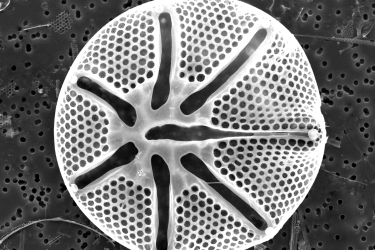As the Shimada makes its way along its east-west acoustic transects, four unmanned surface vehicles (Saildrones, Saildrone, Inc.) are also collecting data along the transects. The goal is to have Saildrones survey the same transect within +/- 3-5 days of Shimada. Mathematically, it sounds simple. Except, we have four vehicles entirely under wind power and a NOAA Ship whose progress along the transects changes with operations and conditions. In reality, not so simple.
Enter the "mission portal." All communications, status updates, and data flow through the portal. Saildrone operators update routes for the vehicles, report any concerns, and monitor vehicle progress relative to Shimada. Scientists aboard Shimada communicate when transects are extended offshore so the Saildrone operator can extend the vehicle transects if possible. Scientists on land watch the data streams and report in with questions or requests. Meanwhile, the portal allows us to monitor, in real time, the location of the vehicles, vehicle speeds, wind speed/direction at the vehicles, surface temperature, and other key data streams. Of interest to us is that we get coarse-resolution, downscaled acoustic data in real time. That means if Shimada finds a nice layer of Pacific Hake for fishing, we can look at nearby Saildrones to see how large that aggregation might be. Sneaky.

Partial view of the Saildrone mission portal (Saildrone, Inc.) showing location of vehicles 1043 and 1044, with planned routes in light blue and actual vehicle tracks in red. On the right are real time data for wave height at vehicle 1044 and coarse-resolution acoustic backscatter for the 38 kHz echosounder. A layer of Pacific Hake (in red, surrounded by green and blue on both sides) extends down into the water. Shimada had fished a similar layer on a nearby transect. Photo: Saildrone, Inc.

